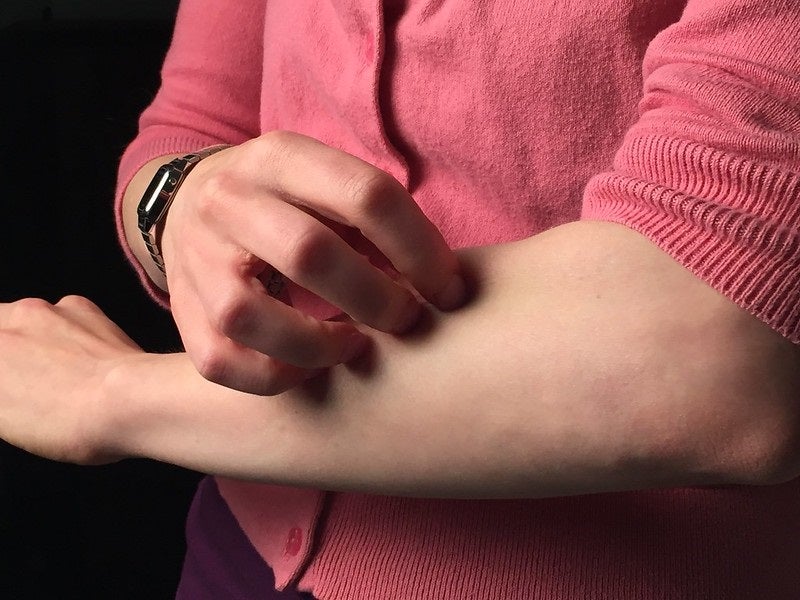
Soligenix has opened patient enrolment for its Phase IIa clinical trial of SGX302 (synthetic hypericin) for the treatment of mild-to-moderate psoriasis.
The trial is expected to enrol up to 42 subjects of the age 18 years or above with mild to moderate, stable psoriasis covering 2 to 30% of their body.
All patients in Parts A and B will apply the study drug, SGX302, two times a week and activate it with visible light 24 ± 6 hours after using the supplied visible light devices and according to the instructions of the manufacturer.
For a total of 18 weeks, they will undergo treatments and followed for a four-week follow-up period after completion.
During the follow-up period, the trial subjects will not receive other psoriasis treatments.
Five to 10 patients will be assigned open-label SGX302 (0.25% hypericin) in Part A during enrolment.
How well do you really know your competitors?
Access the most comprehensive Company Profiles on the market, powered by GlobalData. Save hours of research. Gain competitive edge.

Thank you!
Your download email will arrive shortly
Not ready to buy yet? Download a free sample
We are confident about the unique quality of our Company Profiles. However, we want you to make the most beneficial decision for your business, so we offer a free sample that you can download by submitting the below form
By GlobalDataPart B of the protocol will begin after establishing the tolerability and response to the drug. In this part, patients will be randomised at a ratio 1:1 of active drug to placebo ointment to double-blind treatment arms.
Soligenix president and CEO Christopher Schaber said: “We are excited to expand synthetic hypericin’s development into different cutaneous T-cell diseases such as psoriasis, as a component of our long-term strategy to enhance the value of this unique compound.
“Given our promising published results with hypericin to date, including a small Phase I/II proof of concept clinical trial in mild-to-moderate psoriasis, and the Phase III FLASH study in cutaneous T-cell lymphoma, where we filed a New Drug Application (NDA) this month, we are hopeful synthetic hypericin will have a role to play in helping patients suffering from this difficult to treat and chronic disease.”
Prior to and during light treatments, active dermatologic assessment of treated lesions will be carried out immediately for adverse events.
Through the follow-up period of four weeks, patients will be evaluated for overall disease status.
The extent of lesion clearance and patient reported quality of life indices are the efficacy endpoints of the trial.







